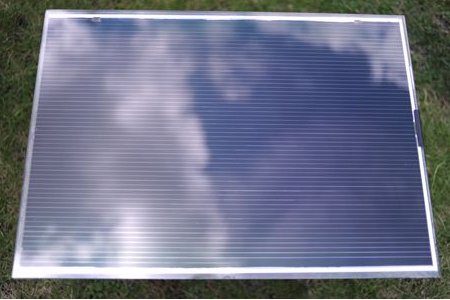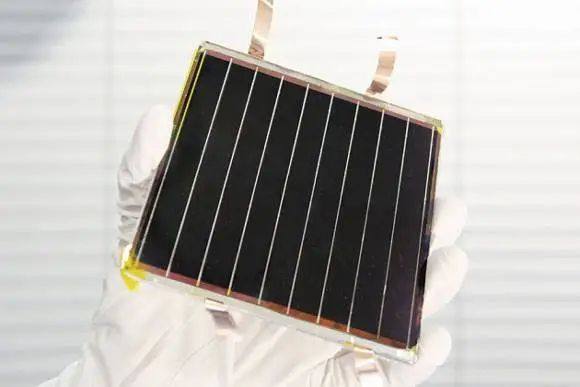
2023-09-22
The development of photovoltaic module technology can be traced back to the late 19th century, when physicists discovered that certain materials could convert sunlight into electricity. Over time, researchers have mastered the techniques for making solar cells and are constantly improving and optimizing the design and performance of these cells. This article will describe in detail the development history of photovoltaic module technology.
First generation solar cell (1954)

The first generation of solar cells was invented by researchers at Bell Labs in 1954. This type of cell is made of silicon material and is called a monocrystalline silicon solar cell. The efficiency of this kind of battery is very low, only about 6%, but it opens the way for research and development of solar cells.
Second generation solar cells (1970s)

Second generation solar cells are made using polycrystalline silicon and are called polycrystalline silicon solar cells. Such cells are cheaper than monocrystalline silicon solar cells and have improved efficiency, reaching about 10%.
In the mid-1970s, researchers began studying the use of compound semiconductor materials to create solar cells. This type of cell is called a high-efficiency solar cell because it is more efficient than polycrystalline silicon solar cells. One of the compound semiconductor solar cells is the gallium arsenide solar cell, which has an efficiency of more than 20%.
Third generation solar cells (1990s)
Research on third-generation solar cells began in the mid-1990s. This type of solar cell uses a wider variety of materials, including organic materials, dye-sensitized solar cells and perovskite solar cells.
Organic solar cells use organic polymers as semiconductor materials. These cells are low-cost, lightweight, and suitable for use over large areas. However, the efficiency of organic solar cells is very low, only about 3%.
Dye-sensitized solar cells (DSSC) use dye molecules to convert light into electricity. This kind of solar cell is more efficient than organic solar cells and can reach about 10%. DSSC has low cost and simple production process, making it suitable for use in large-scale production.
Perovskite solar cells are one of the most promising third-generation solar cells. It uses perovskite materials as semiconductors and can achieve higher efficiency, which currently exceeds 20%. This kind of battery is cheaper to manufacture and has higher stability and durability.
The fourth generation solar cell is the latest solar cell technology and the most promising one. The material types of fourth-generation solar cells are more diverse, including organic materials, inorganic materials and hybrid materials.
Organic-inorganic hybrid solar cells (HIBC) are an important technology in the fourth generation of solar cells. The battery uses a mixture of organic and inorganic materials to achieve a combination of high efficiency and long life. The efficiency of HIBC solar cells has exceeded 15%, and the manufacturing cost is low, making it suitable for use in mass production.
In addition to HIBC solar cells, fourth-generation solar cells also include quantum dot solar cells, nanowire solar cells, graphene solar cells, etc. These technologies are still under research and development, but have already demonstrated high efficiency and potential.
Summarize
Over time, the efficiency and cost of solar cells have gradually improved, and a wider variety of solar cell technologies have emerged. The efficiency of the first generation solar cells was only 6%, while the efficiency of the fourth generation solar cells has exceeded 15%. In the future, with the continuous development and optimization of solar cell technology, the cost of solar power will continue to decrease, and its position in the energy industry will become increasingly important.
CONTACT US AT ANY TIME